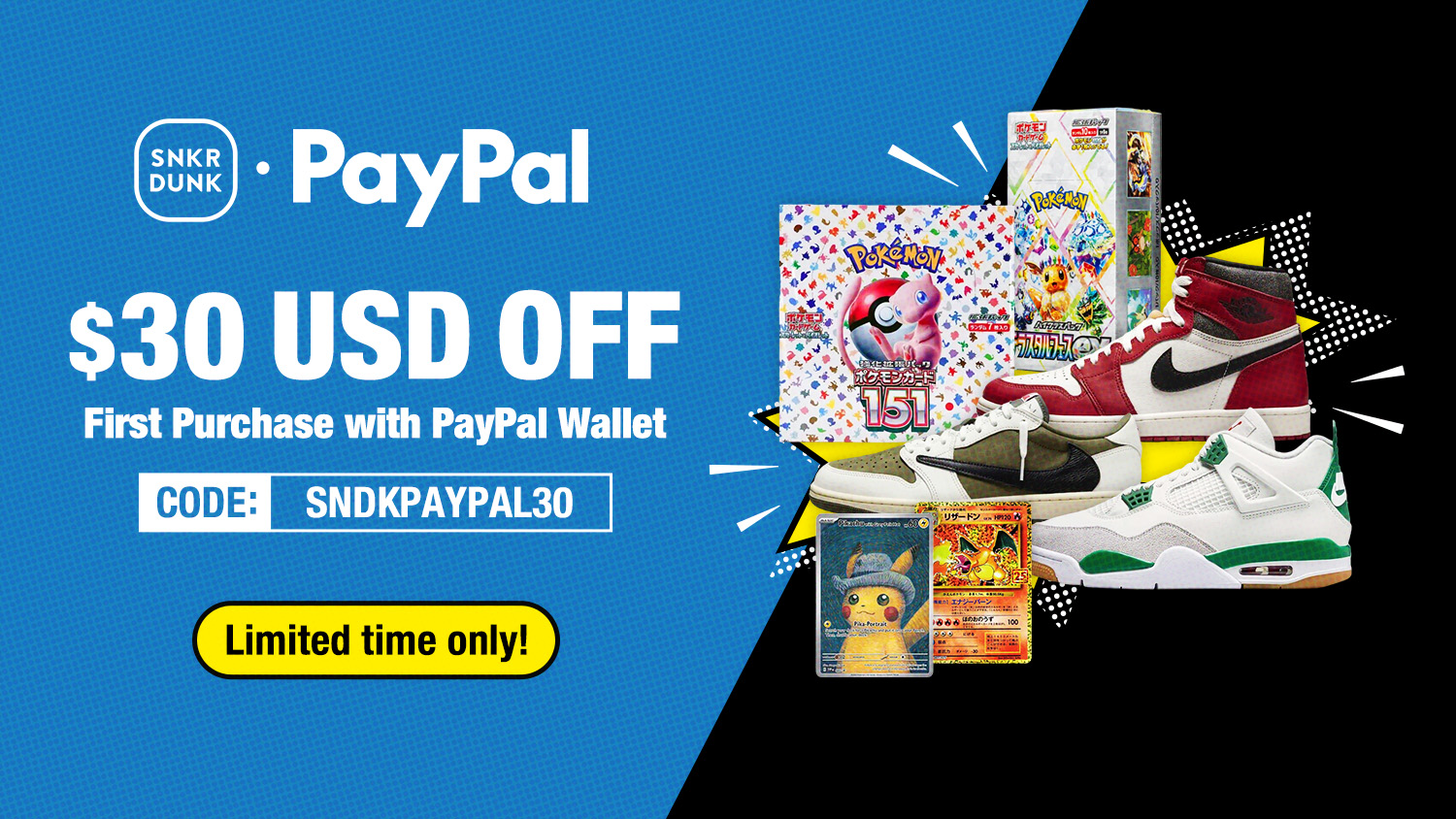Million-dollar deals, gang violence and drugs: The complicated love story between Sneakers and Hip Hop
By Anton Karve
It’s common knowledge that hip hop and sneaker cultures are strongly intertwined, but not many know the intricate — and sometimes sordid — events that have gone on behind the scenes. From chance encounters producing million dollar deals, to gang violence and drug abuse, both industries went through a lot to get to where they are now. Join us as we unravel their colourful history.
Mid 1980s: The Chance Encounter
Since their debut in 1982, Air Force 1’s have been one of rap’s most iconic silhouettes, with their influence in hip hop culture lasting for decades until today (ever met somebody with “black Air Force energy”?) All along the American East Coast, Air Force 1s were a constant among rappers and hustlers, and were picked up by whole generations of fans. You couldn’t move a block down without seeing a pair of these signature shoes.

D.J. E-Z Rock (left) and Rob Base (right) in their smash-hit single, “It Takes Two”. D.J. E-Z Rock rocks an altered pair of Nike Air Force 1s with a Louis Vuitton monogram swoosh. Image – Spotify.
Despite the prevalence of sneakers in hip-hop culture, rappers only exerted influence subtly and indirectly — a far cry from the creative control many rappers enjoy today. Things looked like they were about to change when adidas executive Angelo Anastasio came across members of a young hip-hop group, Run-DMC, breakdancing in adidas tracksuits. Nothing came out of this specific encounter, though; it wasn’t until later that Anastasio realised the group’s full potential.

A crowd of fans waving their Superstars and Adidas merch during a Run-DMC show. Image – adidas Originals.
Some time had passed before Anastasio’s second encounter with Run-DMC, at one of their shows in Madison Square Garden. Upon seeing the thousands-strong crowd of Run-DMC fans waving their adidas merch, a risky opportunity presented itself to Anastasio, one that he courageously took. In one of the best marketing gambles in sneaker history, Anastasio offered the members of Run-DMC a $1 million endorsement deal. Keep in mind – at the time, a deal of this magnitude was completely unheard of. The endorsement marked many firsts: most notably, the first time a brand had a noteworthy presence in rap music videos, and the first rap song made for a sneaker company. After releasing their song “My Adidas”, Run-DMC would don adidas tracksuits and Superstars in all their performances.
The Superstar, Run-DMC’s sneaker-of-choice, was flying off the shelves. In a period of massive growth for adidas’ competitors such as Nike, this collaboration was the miracle adidas needed to keep its brand afloat. It’s estimated that adidas sold another half a million pairs of Superstars thanks to the Run-DMC deal, generating more than $100 million in sales over 4 years — all thanks to that million-dollar gamble.
Adidas’ successful gamble paid off big time, spurring a period of rapid growth for both hip-hop and sneaker industries. Moving into the early 90s, this seemed to be the dawn of an age of collaborations between sneaker brands and rappers. Little did they know, they were about to enter:
Mid 1990s: The Break-up
Gangster rap had spread from East to West coasts. Gang-affiliated rappers and rap groups such as Schoolly D in the East and N.W.A. in the West rose to fame, producing graphic tracks about sex, gang violence and drug abuse, creating public outcry and widespread notoriety. The public saw gangster rap as a glorification of these topics, and the image of hip-hop as a whole began to plummet.
As the reputation of hip-hop dropped, so did that of sneakers. Once they saw hip-hop icons sporting limited-edition athletic apparel and sneakers, drug dealers and gangsters began to do everything they could to get their hands on these products – and by everything, we mean everything. After all, if they wore the same things the rich and famous did, maybe they could make it off the streets too, right?
Sneaker companies and endorsed celebrities began to consider pulling their massively-successful product lines from the shelves. “I’d rather eliminate the product than know drug dealers are providing the funds that pay me”, stated Michael Jordan in response to the infamous Sports Illustrated article, “Your Sneakers Or Your Life“. Eyebrows were raised at sneaker companies endorsing rappers who were seemingly connected to gangster rap, and by extension, gang violence. It was obvious to all – hip-hop was no longer a marketable industry. During this break-up of relations, the next few years saw little to no new sneaker-rapper endorsements.
Despite all this, rap icons continued to acquire and wear their favourite sneakers. Snoop Dogg could often be seen in Nike Cortez, Eazy-E wore Campus, while Tupac donned Filas.

Tupac shows off his Filas. Image – @sneakerhistory (IG).
Late 1990s: Testing the Water
In 1996, the widespread influence of hip-hop was undeniable. There were traces of it in pop culture, fashion trends and most genres of music. Rappers had become even more successful and were beginning to diversify their portfolios outside of music production. Both industries knew there was huge potential to be harnessed. All that was needed was a brand daring enough to make the leap, and a celebrity to serve as their willing avatar. This combination came in the form of Reebok and NBA star Allen Iverson.
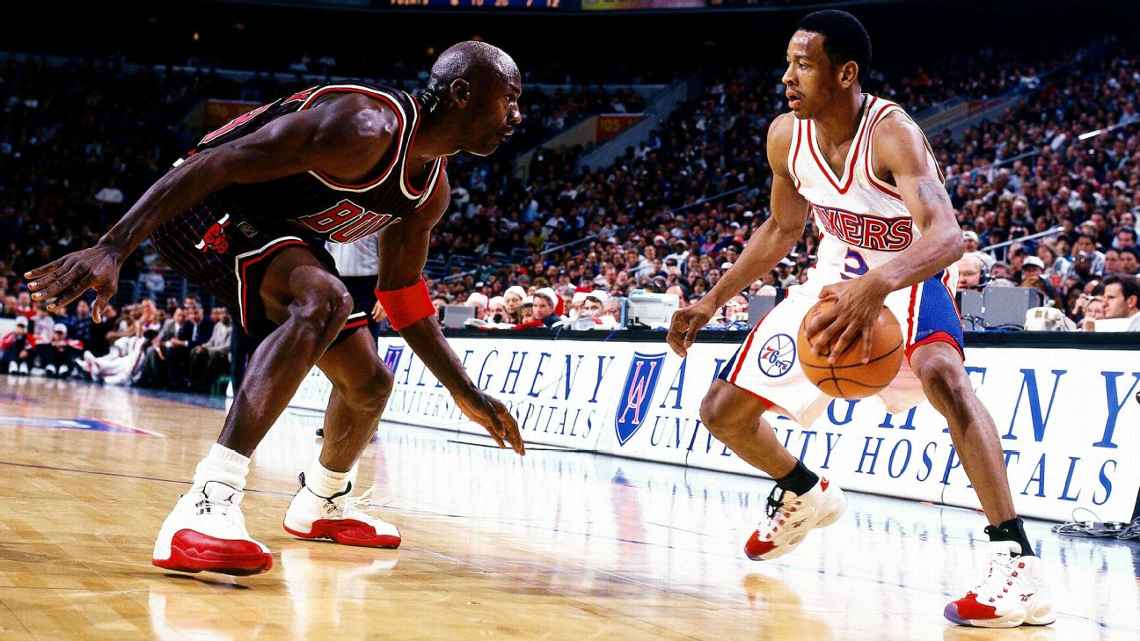
Allen Iverson (right) wearing his Reebok Questions versus Michael Jordan (left) wearing his Jordans – a battle of new versus old in more ways than one. Image – ESPN.
Michael Jordan, responsible for one of the most popular sneaker lines in the world, was nearing retirement. A gap in the market presented itself, which Iverson quickly filled. As somebody who favoured the hip-hop community, he was the perfect figurehead to re-tie the knot between sneakers and hip-hop. His initial Question line with Reebok was successful, paving the way for a lifetime contract with Reebok.
In 2001, Iverson and Reebok dropped the new A5 sneaker, along with a highly successful marketing campaign which included an original track produced by The Trackmasters starring Jadakiss.
A year later, Iverson and Reebok released the A6 and another massively popular series of ads, where he and Jadakiss rapped over another Trackmasters beat.
The lucrative contract between Iverson and Reebok showed both industries that the world was once again ready to accept both hip-hop and sneaker cultures. This realisation ushered in:
Early 2000s: The Big Break
In 2003, prime Jay-Z and 50 Cent signed endorsement deals with Reebok. These deals included signature shoe lines for each artist and a commercial featuring the two superstars rapping over an original track. Jay-Z’s “S. Carter” sold out within hours of its release. Later that year, this deal was expanded to sponsor their “Rock the Mic” tour, with the help of FootLocker.
Of course, all of Reebok’s ventures with these two hip-hop legends were instant successes, confirming what everybody already knew: that sneakers and hip-hop were a match made in heaven.
Mid 2000s onwards: Next Generations
From 2004 onwards, there was an explosion of rapper-sneaker company ventures. Between Wu-Tang Clan’s affiliation with Fila, to Pharrell’s sought-after Ice Cream sneaker line, to A$AP Rocky’s successful foray into apparel and fashion with Under Armour, there were too many collaborations to keep up with. Of course, one cannot ignore the absolutely monstrous impact Kanye West had upon the sneaker scene as he sifted through Bapesta, Louis Vuitton, Nike, and finally landed upon his most successful and long-lasting line, Adidas Yeezys.
At last, we’ve reached the present day. Today, sneaker trends influence hip-hop communities just as much as rappers and their fans influence sneaker trends. It’s hard to imagine a time when there was nearly no affiliation between the two industries, and yet that period existed just three decades ago. It does make you wonder: if a concept that seemed impossible at the time has become so insanely popular today, what’s in store the future? One can only imagine the possibilities.




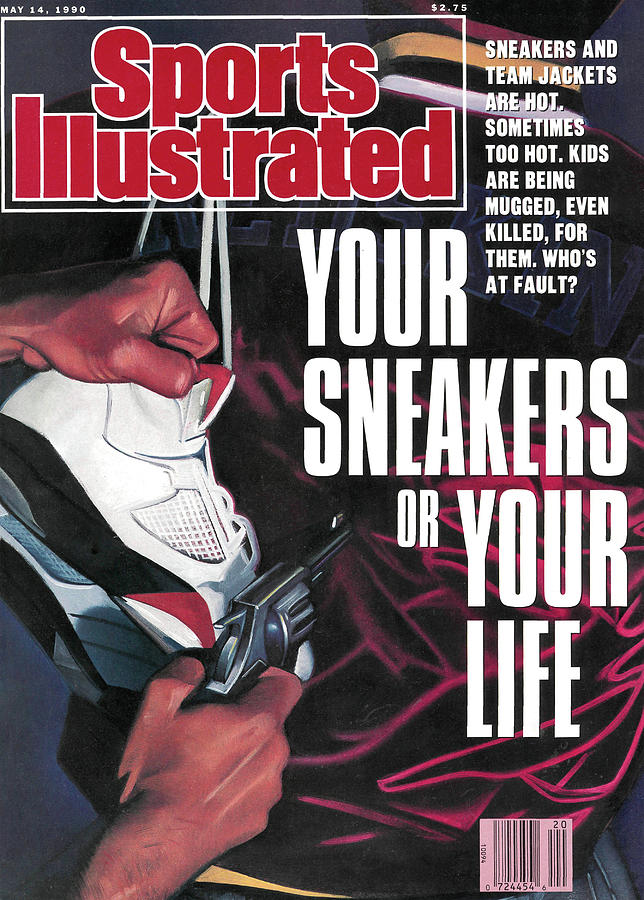

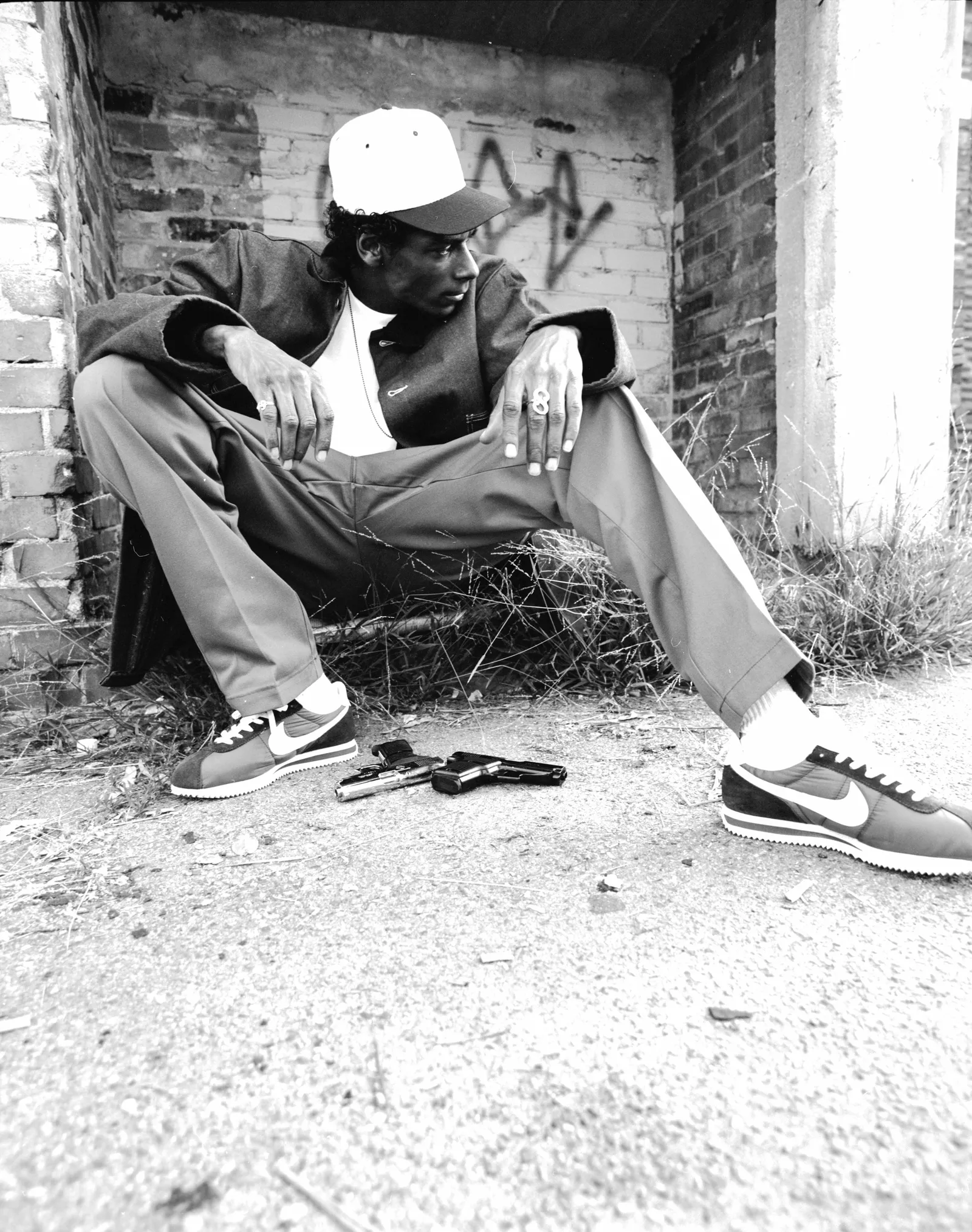
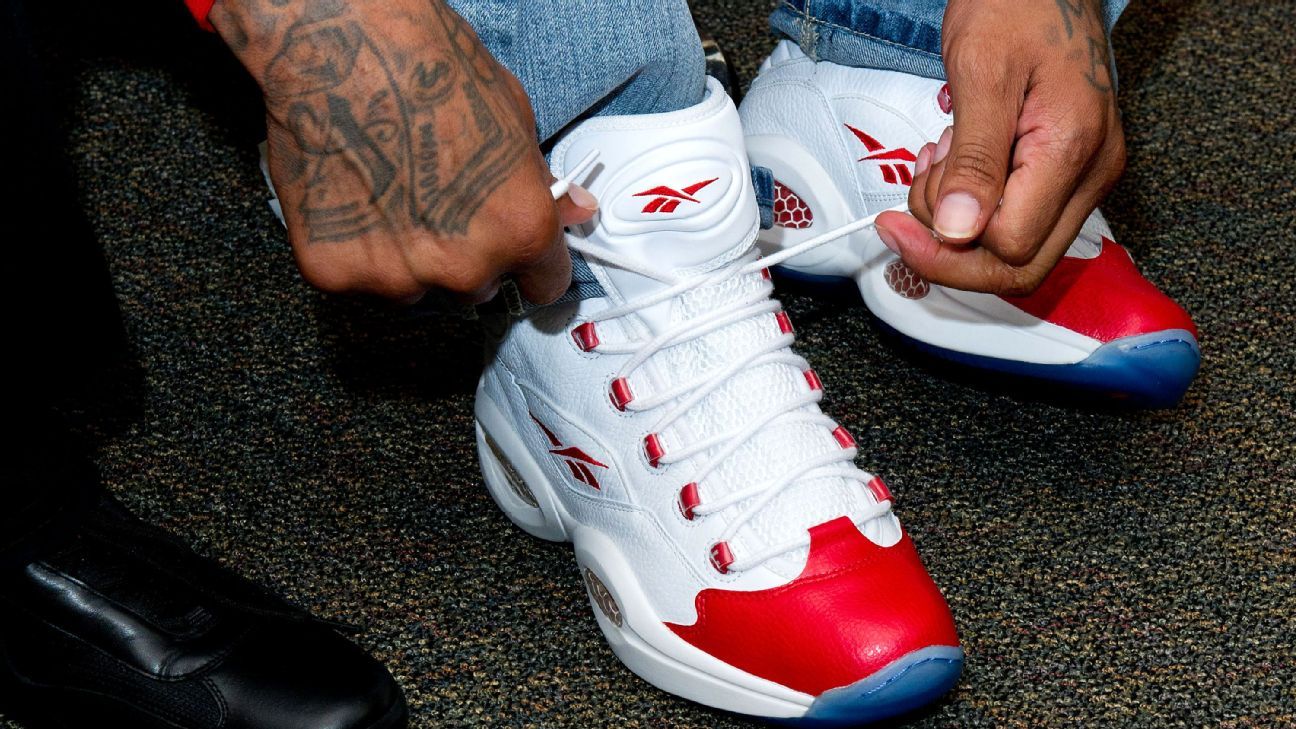

















![atmos × Salomon XT-4 OG GTX “Stars Collide” [Release Date/Price/Where To Buy]](https://snkrdunk.s3.ap-northeast-1.amazonaws.com/en/magazine/wp-content/uploads/2025/11/27173659/20251126034518-0.jpg)
![Supreme x Dr. Martens Fall/Winter 2025 Week 14 [27th November 2025 / Price Varies / Supreme]](https://snkrdunk.s3.ap-northeast-1.amazonaws.com/en/magazine/wp-content/uploads/2025/11/26170843/20251125113727-0.jpg)
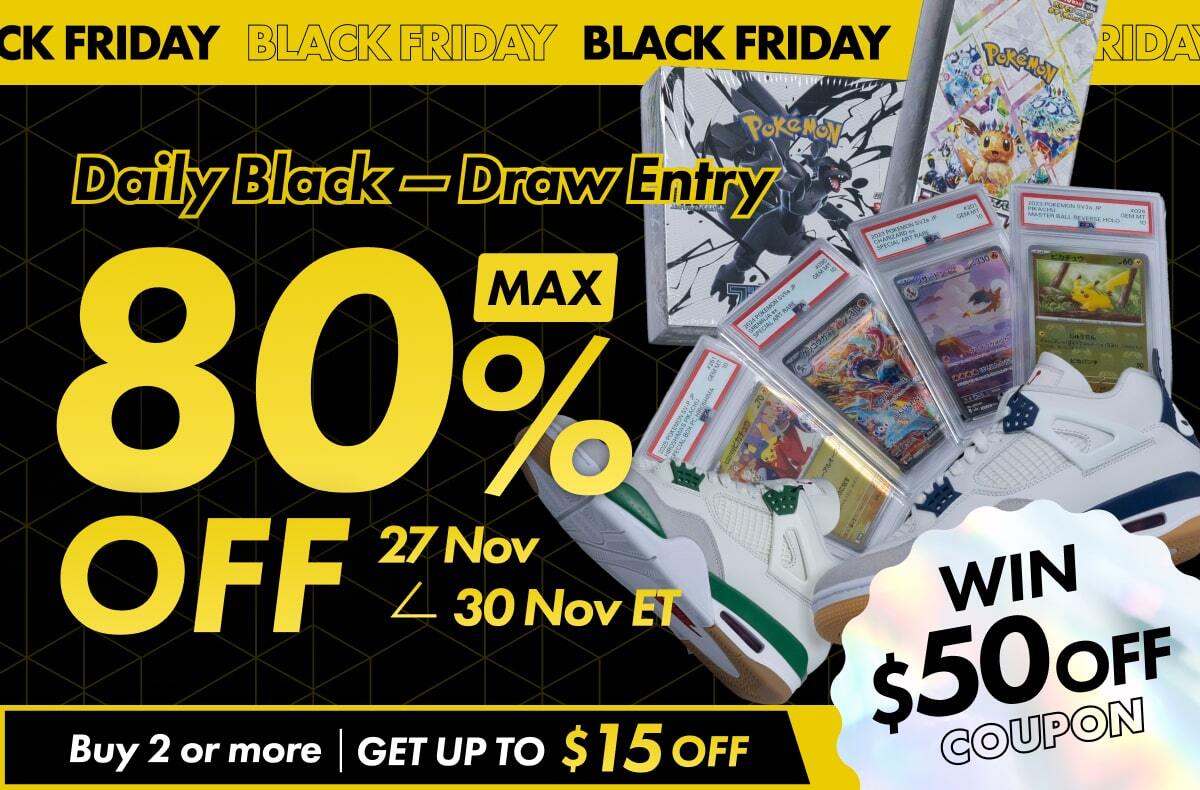
![New Balance 1906 LCS Loafer “Red Croc” [Release Date/Price/Where To Buy]](https://snkrdunk.s3.ap-northeast-1.amazonaws.com/en/magazine/wp-content/uploads/2025/11/21155320/20251104074640-2.jpg)
